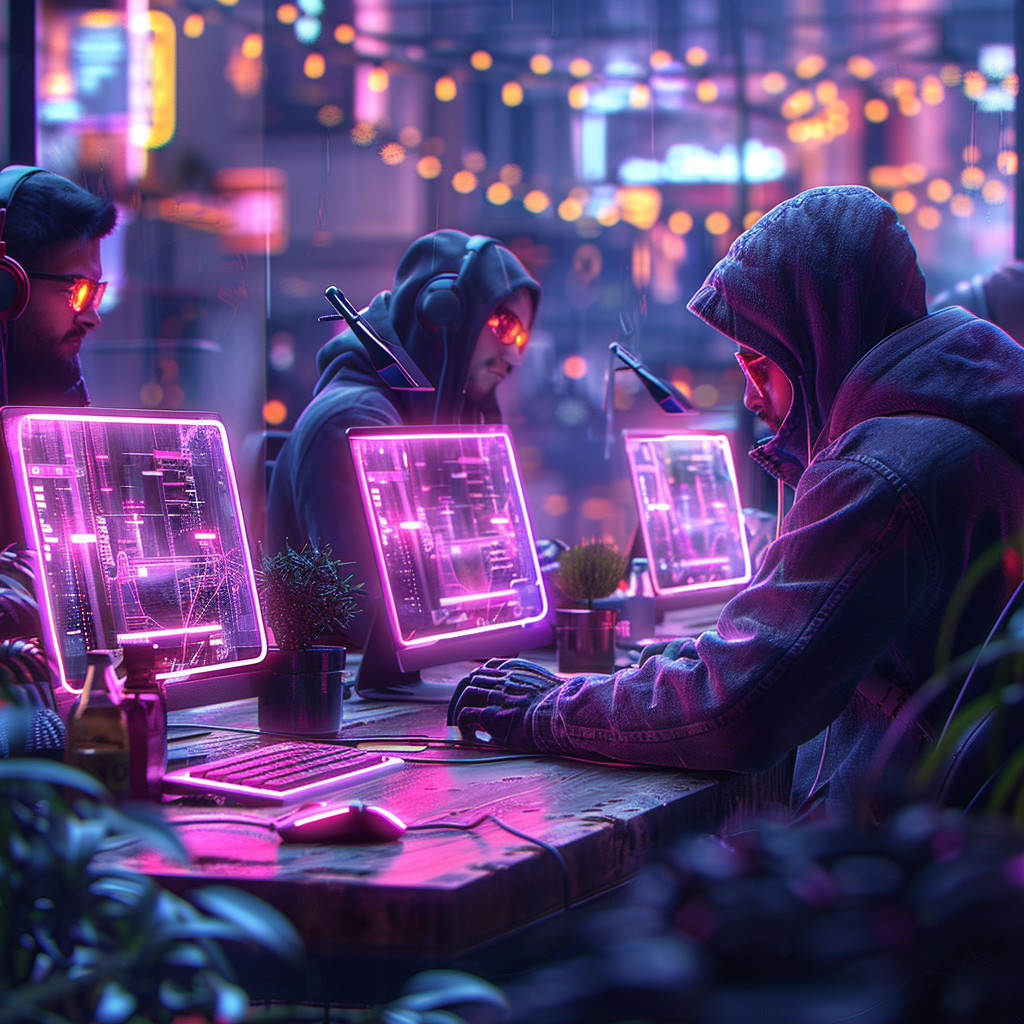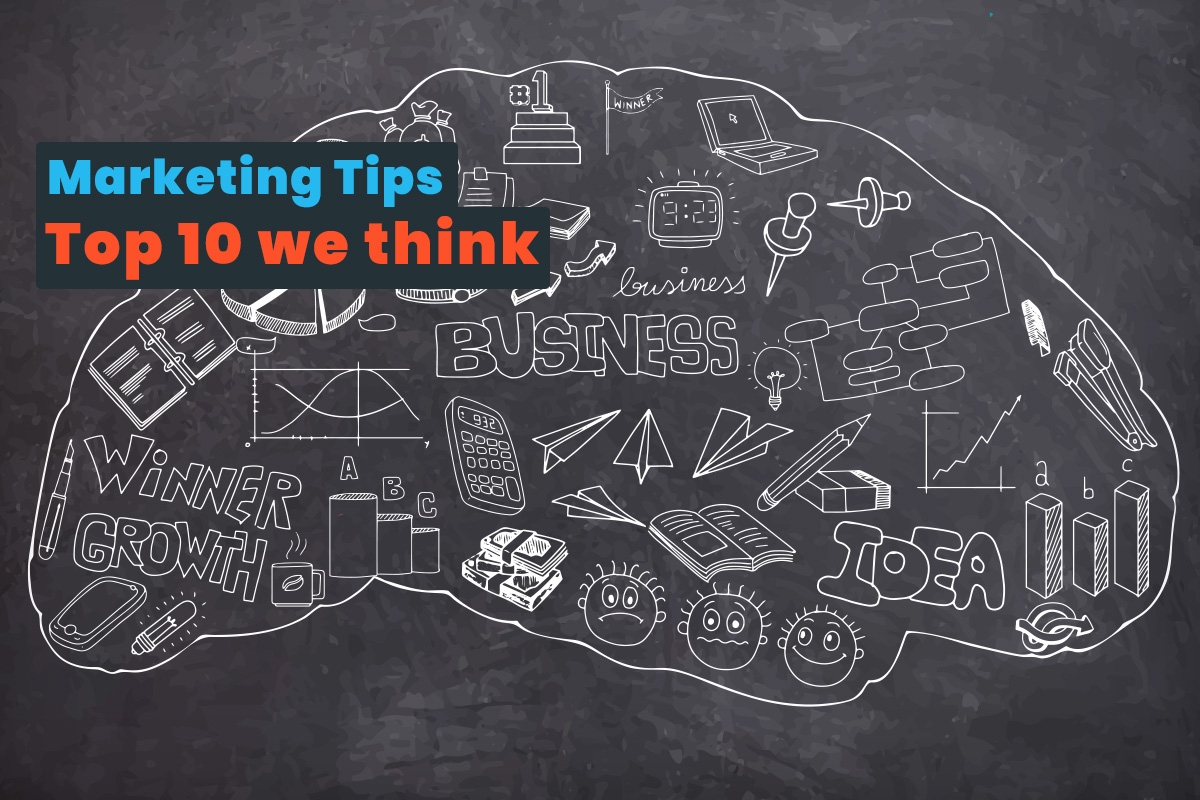
AI is going to change everything with images and SEO
Images and SEO are key components to creating engagement
With all of the new technology and advancements with SEO and image recognition, SEO is going become even more competitive. We already know the advancements that are happening with machine learning and AI algorithms that can scan images and recognize what is in the image. If you do a search on google images now, all you have to do is upload or provide a link to an image and google can find content and or similar images to that search. Imagine what this is going to do to SEO if not already.
Artificial Intelligence (AI) Image Recognition
Humans can quickly discern between places, objects, and people in photographs, but computers have always struggled to understand these visuals. We now have specialist software and programs that can understand visual information thanks to modern picture recognition technology. The terms “computer vision” and “image recognition” are sometimes used interchangeably, however there is a distinction between the two. Computer vision is the process of instructing computers to perceive and interpret visual input and then taking actions based on these insights. Deep learning is used in a variety of tasks in computer vision, including image processing, image classification, object identification, object segmentation, image colorization, picture reconstruction, and image synthesis.
Image recognition, on the other hand, is an area of computer vision that evaluates images to aid in decision-making. One of the most significant computer vision tasks is image recognition, which is the final stage of image processing. Image recognition without Artificial Intelligence (AI) appears to be a contradiction. An effective AI image recognition software not only decodes images but also predicts them. Image-interpreting software and applications are intelligent enough to recognize places, people, handwriting, objects, and actions in photos or videos. The essence of artificial intelligence is the use of a large amount of data to make sound conclusions. Image recognition is a critical component of artificial intelligence that is becoming more prevalent by the day. According to a survey published by Zion Industry Research, the image recognition market is estimated to reach 39.87 billion US dollars by 2025. The primary focus of this paper will be on how artificial intelligence is employed for picture recognition.
Deep Learning in Image Recognition
Deep learning, a more advanced form of machine learning, is used for image recognition. Machine learning works by receiving data as an input, interpreting it using various ML algorithms, and producing an output. Deep learning differs from machine learning in that it uses a multilayer neural network. Deep learning employs three sorts of layers: input, hidden, and output. The input layer receives the data and forwards it to the hidden layers for processing. The output layer, as the name implies, generates the outcome. The layers are interrelated, and the outcome is dependent on each other. Deep learning mimics the human logical reasoning process and learns continually from a data collection. Convolutional Neural Network is the name given to the neural network utilized for image recognition (CNN).
Image Recognition Algorithms
The image recognition features of applications have been revolutionized by artificial intelligence. Some programs on the market are sophisticated and accurate enough to illuminate the complete scenario of the picture. Researchers think that by using AI, they will be able to create image recognition software that can perceive images and movies better than humans.
Image recognition is a subset of computer vision, which includes visual search, semantic segmentation, and object recognition from images. The goal of image recognition is to develop an algorithm that takes an image as input and understands it while assigning labels and classes to it. For image identification, most image classification algorithms such as bag-of-words, support vector machines (SVM), face landmark estimation, K-nearest neighbors (KNN), and logistic regression are utilized. Another technique, Recurrent Neural Network (RNN), does complex picture identification tasks, such as writing visual descriptions.
How Does Image Recognition Work?
Picture recognition algorithms enable image recognition. In this section, we’ll look at how to create an AI picture recognition algorithm. The procedure begins with gathering and organizing raw data. Because computers interpret every image as either a raster or a vector image, they are unable to distinguish between distinct collections of images. Raster images are bitmaps in which individual pixels that make up an image are grouped in a grid. Vector images, on the other hand, are a collection of polygons with color descriptions. Data organization entails categorizing each image and extracting its physical characteristics. A geometric encoding of the images is turned into labels that physically characterize the images in this step. The labels are then analyzed by the software. As a result, properly acquiring and organizing data is crucial for training the model since if the data quality is damaged at this point, the model would be unable to recognize patterns later on.
The following stage is to develop a prediction model. The last stage is to use the model to decipher the photos. Image recognition algorithms should be built with considerable care because a minor flaw can render the entire model useless. As a result, these algorithms are frequently written by persons with applied mathematics experience. Deep learning datasets are used by image recognition systems to discover patterns in photos. Hundreds of thousands of tagged photos make up these datasets. The algorithm travels through these datasets and learns how to create an image of a certain object.
How can this benefit SEO in the future?
Now imagine that you are the AI and you are able to looking at websites similar to your own. With most of the popular SEO tools out there you can already look at your competitors traffic. Now take into consideration that your competitor has similar content to what you have on your site except they have an image of an Apple when they are talking about oranges in their content and you have a similar article posted that talks about oranges except you actually have a picture of the orange. I suspect, in the future that there will be a red flag with google that pushes your competitor farther down the search results because of this.
What can we learn from this?
When we work with our clients with content, we have standardized our practices in such a way that when creating media and content together, we always have similarities with the graphics and or media that we post with the content. We highly recommend this practice early on so that you can save money later and not have to go back through and change your old content for this very reason. We also suggest to always fill in descriptions, titles and captions for your images, we suspect that the learning algorithm at google probably gives you brownie points for making their job easier by providing as much information to them making their process of indexing pages easier.



